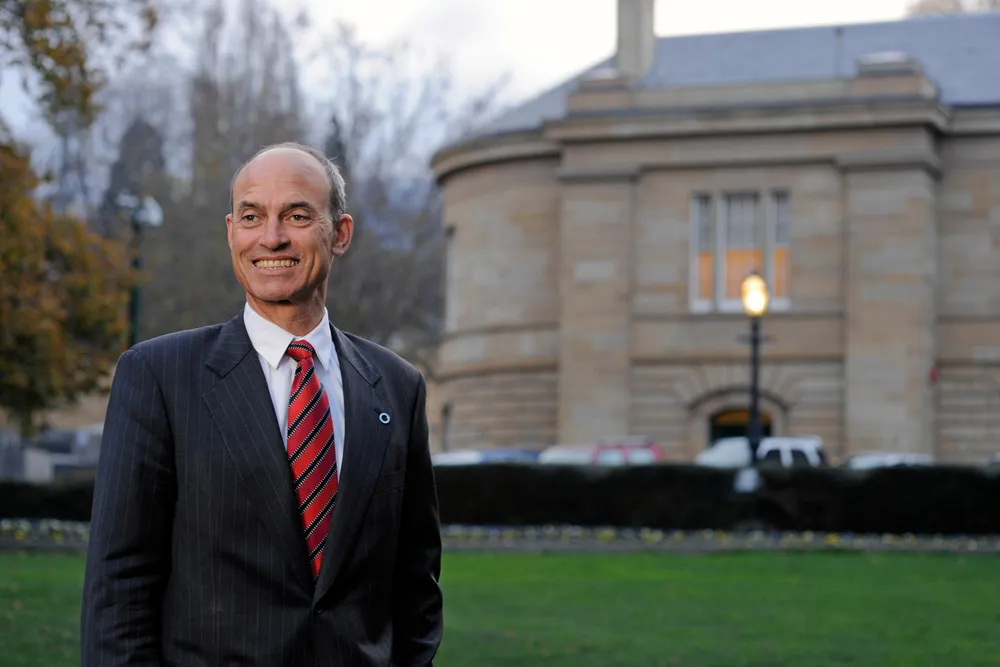Tasmania offers green hydrogen subsidies but large-scale H2 investment unlikely without major grid overhaul
Australian state plans to fund projects through an existing $50m package, but developers already wary to invest due to lack of renewable power
